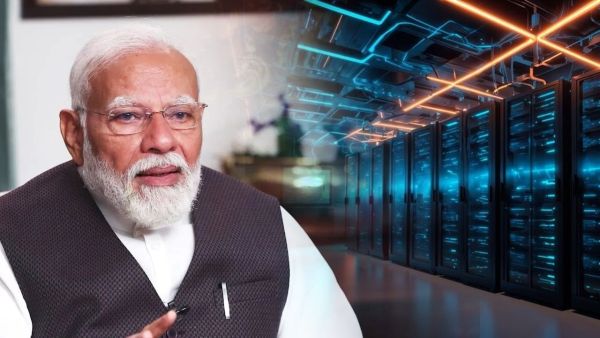
PM Modi has launched three supercomputers which have been named Param Rudra. All these three supercomputers have been built in India at a cost of Rs 130 crore under the National Supercomputing Mission. These three computers have been deployed in Pune, Kolkata and Delhi for scientific research, space research, science and healthcare sectors.
Prime Minister Modi said that with Param Rudra Supercomputers and HPC systems, India is taking important steps towards self-reliance in computing, promoting science and technology. Collaboration has been done between the Ministry of Electronics and Information Technology (MeitY) and the Department of Science and Technology (DST) for the National Supercomputing Mission. The objective of this mission is to create a network of advanced computing systems across India.
Prime Minister Narendra Modi launched supercomputers but do you know what supercomputers are? Supercomputers provide facilities like more storage and fast input and output. There is no field in which technology is not used, hence this step of India is being considered very important.
If we explain it to you in simple language, supercomputers are powerful and high-performance systems that process data and complex calculations at high speed.
Do you know what makes a supercomputer super? When many processors are interlinked together in a system, then the system is called super. Due to the strong capacity of the processor, any computer can do your work very easily in a jiffy.
The speed of a supercomputer is measured in floating-point operations per second (FLOPS). Compared to your normal computers, supercomputers are much more expensive.
By December 2023, the title of the fastest supercomputer in the world is in the name of Frontier supercomputer. This is a system based on supercomputer Cray EX, which has a speed Rmax of 1.102 exaFLOPS i.e. 1.102 quintillion floating-point operations in one second.
Compared to a normal computer, more than one central processing unit is used in a supercomputer. Processing units are paired with compute nodes, which consist of multiple processors and memory blocks. When all these things work together, even the most difficult tasks can be completed in a jiffy.
Modi government is giving priority to technology, science and research. There was a time when supercomputers were considered the expertise of only a few countries. National Super Computing Mission was started in India in 2015 and today the time has come when India is at par with big countries with supercomputers.
Apart from fast radio bursts, the supercomputer in Pune will be used to detect giant meter radio telescope and other astronomical phenomena. On the other hand, supercomputers in Delhi will be used to promote research in areas like nuclear physics and materials science at the Inter University Accelerator Center.